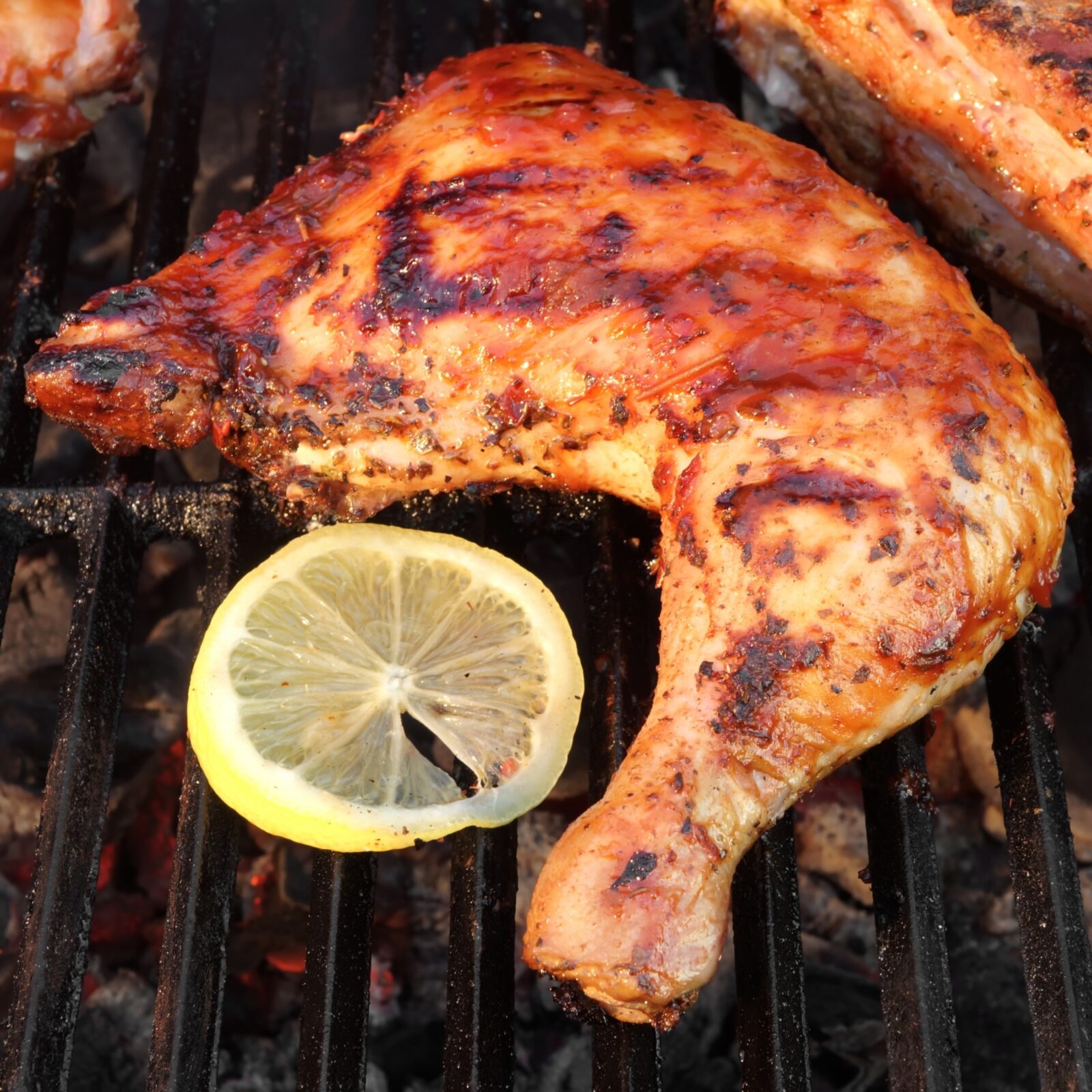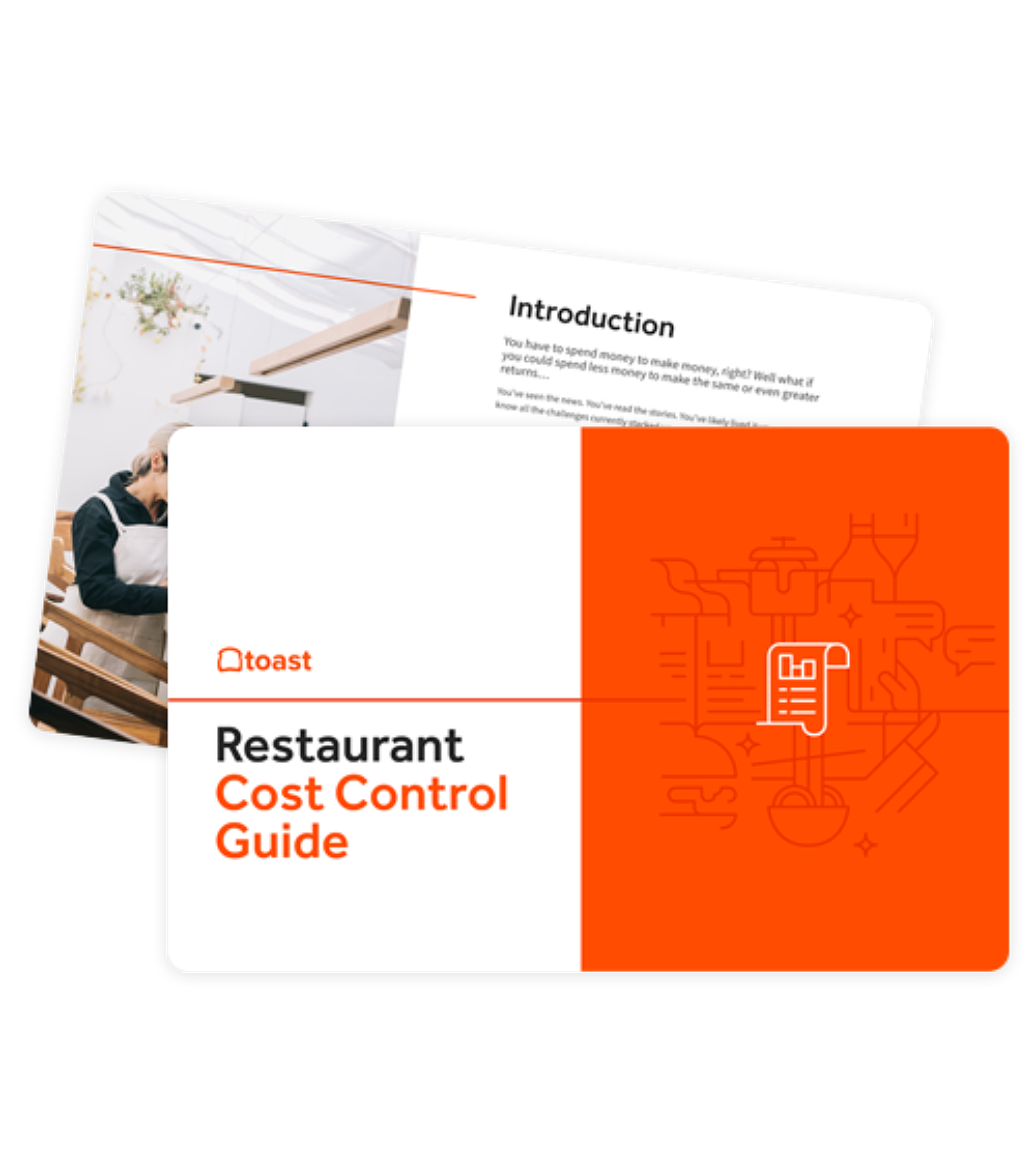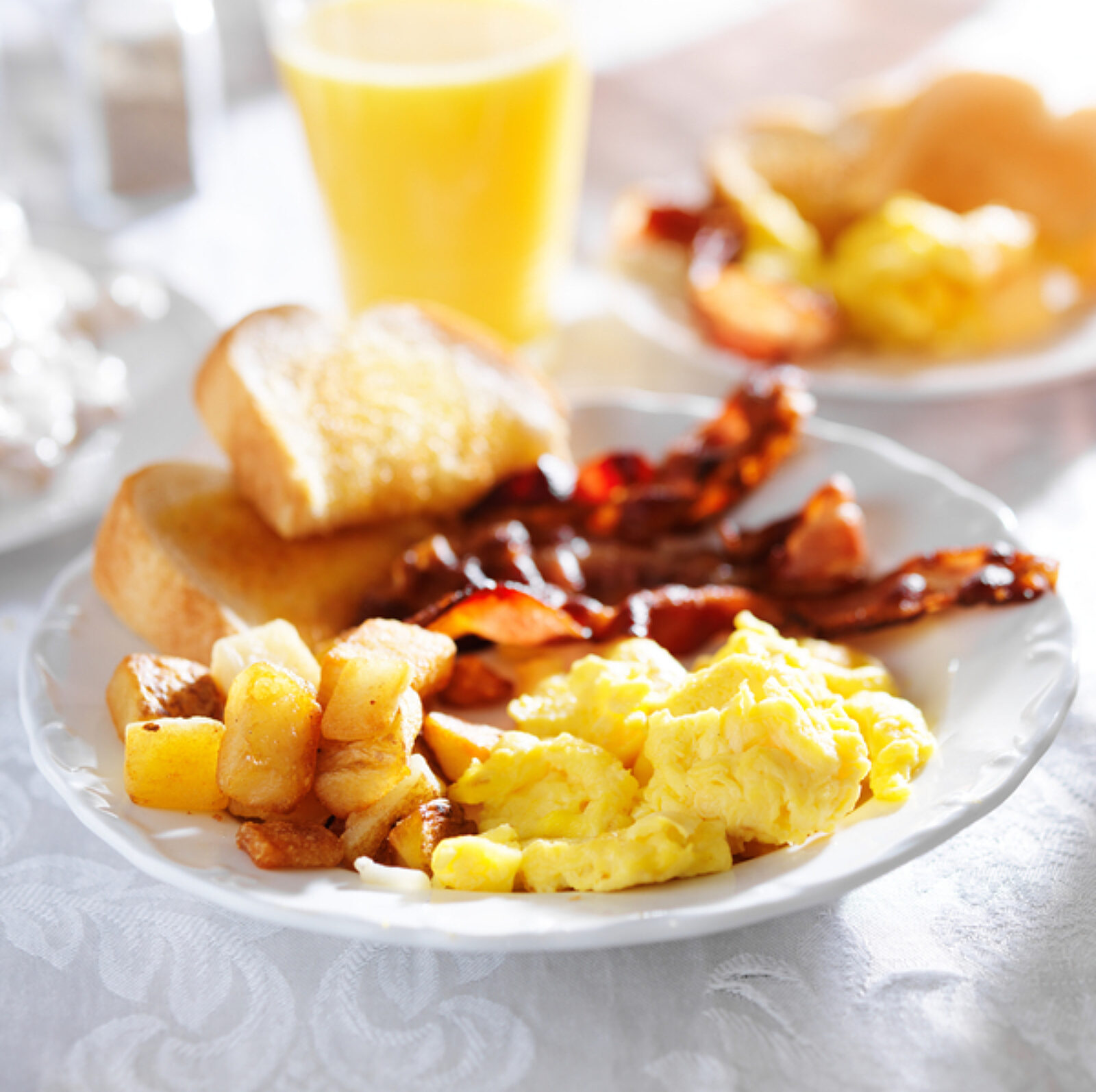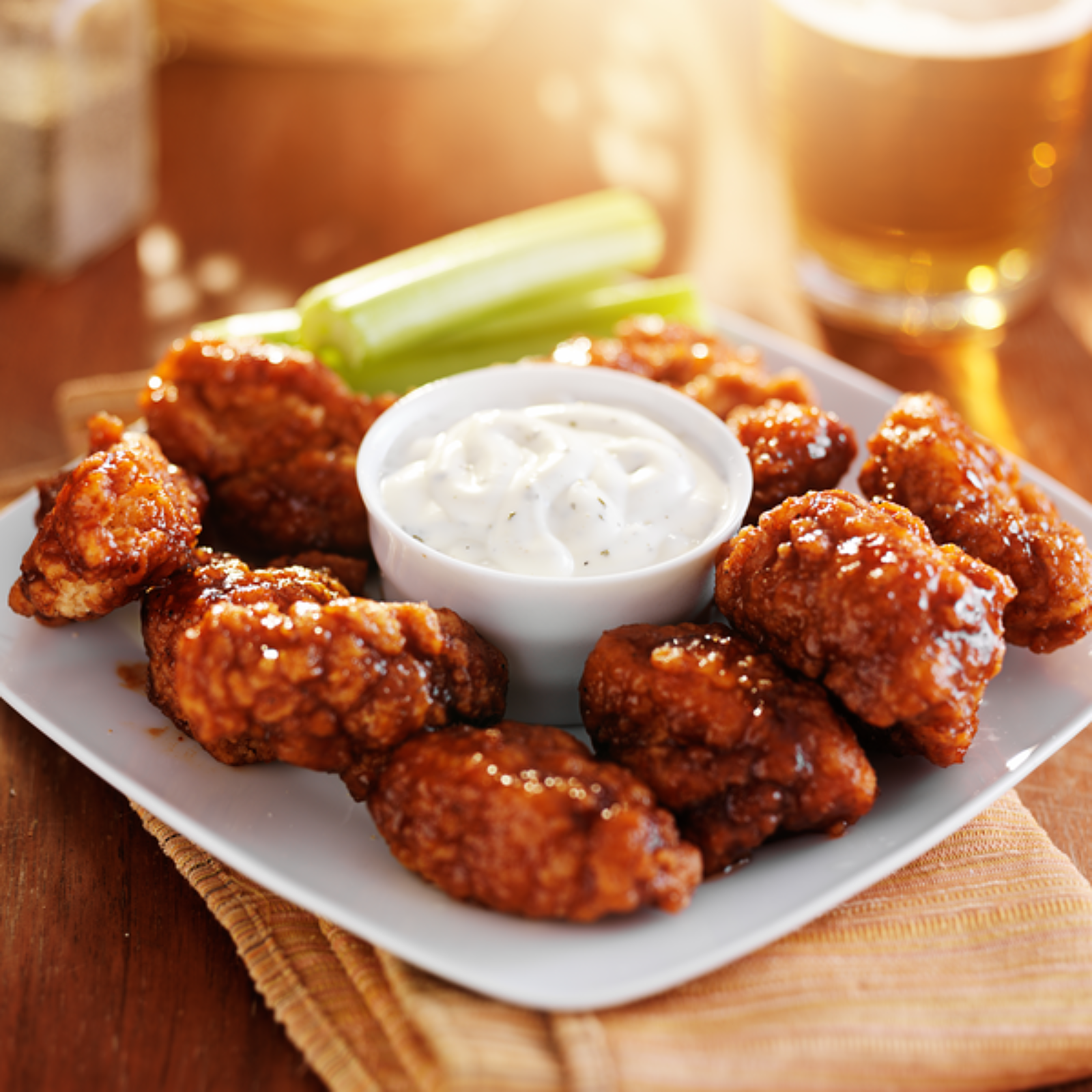
State of Chicken Thigh Prices: Wholesale Restaurant Food Cost Trends
See trends and fluctuations for wholesale restaurant chicken thigh prices based on proprietary Toast data.

Justin GuinnAuthor


Restaurant Cost Control Guide
Use this guide to learn more about your restaurant costs, how to track them, and steps you can take to help maximize your profitability.
Get free downloadChicken thighs are a highly popular ingredient used across almost all cuisines. The dark meat is delicious out of the fryer, great to grill, bake, and more — nearly impossible to overcook, being fattier than chicken breast.
Chicken thigh prices aren’t as newsworthy as chicken wings, though they’ve had their fair share of volatility similar to wing prices in the last year or two.
All restaurant types, from fast-food to fast casual foodservice operations should keep these chicken thigh prices in mind. Being the main staple for fried chicken sandwiches, tacos and burritos, and more, any increase in chicken thigh food costs can have a drastic impact on menu item profitability.
Restaurant Operator Insights Report
See insights from real restaurant operators which can help you benchmark your current and planned restaurant technology stack against your peers as we head into 2024 and beyond.

Toast is the point of sale system built for restaurants.
We're able to calculate the average monthly prices that restaurants pay for chicken thighs and other ingredients by using proprietary data from xtraCHEF by Toast, our invoice automation and recipe costing tool.
The average national price for a pound of chicken thighs (inclusive of boneless and bone-in) is $1.78 in August.
On average, a pound of chicken thighs contains three to four bone-in thighs, or four to five boneless thighs.
This represents a 2% MoM increase in restaurant chicken thigh prices. Here's a breakdown of recent month-over-month fluctuation in thigh prices:
Historic chicken thigh prices trends
Here's a breakdown of chicken thigh price movements over the past four years for restaurants:
Chicken thighs spiked at an average cost of $2.82 per pound for restaurants in June 2022 — though restaurant wholesale prices have remained below $2 since November 2022.
Commodities experts weigh in on chicken thigh prices
We were able to speak with some experts in the food commodities space to understand their analysis on chicken thigh prices trends and the impacts on restaurants.
Question
What gives chicken thighs cover from such extreme price fluctuations that impact wings?
Chicken thighs have more consistent and broad demand than wings. In addition to growing popularity in the U.S., dark meat is a popular export item. Demand for wings is more domestic and highly seasonal (football season).

Courtney Schmidt
Wells Fargo Agri-Food Institute
There’s not a ton that kitchens can do to mitigate chicken thigh price volatility. Restaurant operators, kitchen managers, and chefs may have a hard time dropping chicken thighs due to price increases. They’re a protein rockstar for chicken dishes.
While it may be tough to optimize profitability amidst fluctuations, restaurants featuring chicken thighs can implement in-depth cost tracking tools to help monitor food prices and adjust menu prices or portion sizes accordingly.
Next steps informed by this data may include:
Butterflying chicken thighs to get more from each
Opting for a cheaper, lower grade of chicken thighs
Reworking menus to feature fewer items with thighs
Restaurant Operator Insights Report
See insights from real restaurant operators which can help you benchmark your current and planned restaurant technology stack against your peers as we head into 2024 and beyond.

Chicken thigh supply chain considerations
The restaurant supply chain for chicken thighs, and whole chickens in general, relies on an extensive network of breeders, farmers, processors, distributors, suppliers and retailers.
The chicken industry has faced several challenges that have contributed to shortages and high-price movements. Growing demand has impacted inventories and prices, as chicken thighs are so versatile and forgiving to cook with.
The pandemic certainly didn’t help the thigh supply chain. With chicken wings being even more difficult to source, larger brands — notably Wingstop — pivoted to chicken thighs to fill the supply chain void.
Additionally, labor shortages in the poultry industry have had an impact on the supply of chicken thighs. Similarly to restaurant labor struggles, companies across the supply chain may find it difficult to attract and retain workers, potentially capping production capacity.
Start tracking chicken thigh prices today
Chicken thighs show up in fried chicken, sandwiches, Mexican food, various Asian cuisines, and more.
Incorporating chicken thigh prices — and all ingredient costs — into financial reports requires restaurant operators to have a strong back-of-house foundation built on invoice automation.
Invoices are the single source of truth for restaurant costs — pinpointing prices and fluctuations for individual ingredients as well as paper goods, non-alcoholic beverages, and more.
With accurate and up-to-date ingredient prices from invoices, operators can start calculating plate costs. Plate costing is a detailed exercise that zooms into the recipes and/or individual ingredients that make up a dish — requiring detailed recipe costs and portion costs for ingredients.
Costing exercises can help show how each component is contributing to the overall profitability of a dish or drink. And recipe costing software can help make it easier to calculate and achieve an ideal balance between portions and profits.
Methodology
Toast analyzed monthly invoice items for chicken thighs from restaurants using xtraCHEF by Toast. Items are weighted by the frequency of orders, not quantity. A standard unit of measure is determined so that an average price can be calculated across all invoice inclusions of the ingredient.
Is this article helpful?
DISCLAIMER: This information is provided for general informational purposes only, and publication does not constitute an endorsement. Toast does not warrant the accuracy or completeness of any information, text, graphics, links, or other items contained within this content. Toast does not guarantee you will achieve any specific results if you follow any advice herein. It may be advisable for you to consult with a professional such as a lawyer, accountant, or business advisor for advice specific to your situation.
Read More
Subscribe to On the Line
Sign up to get industry intel, advice, tools, and honest takes from real people tackling their restaurants’ greatest challenges.



